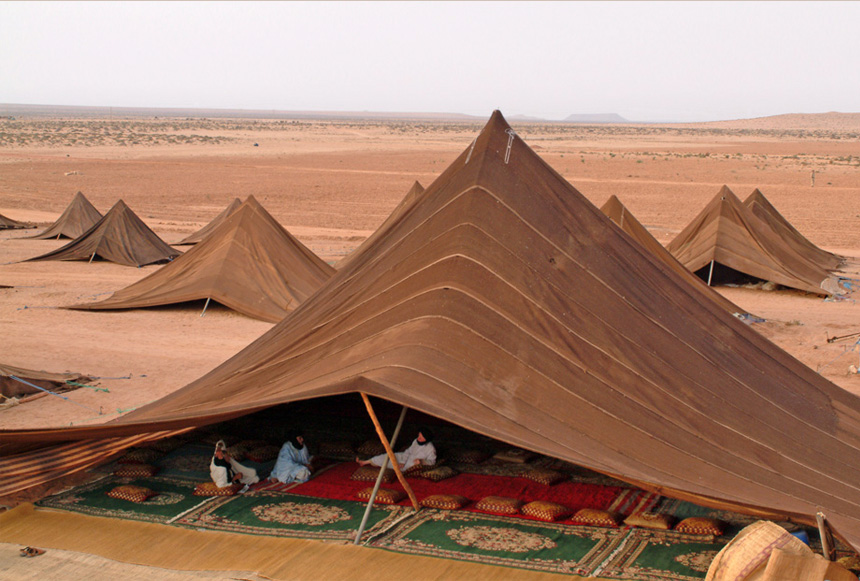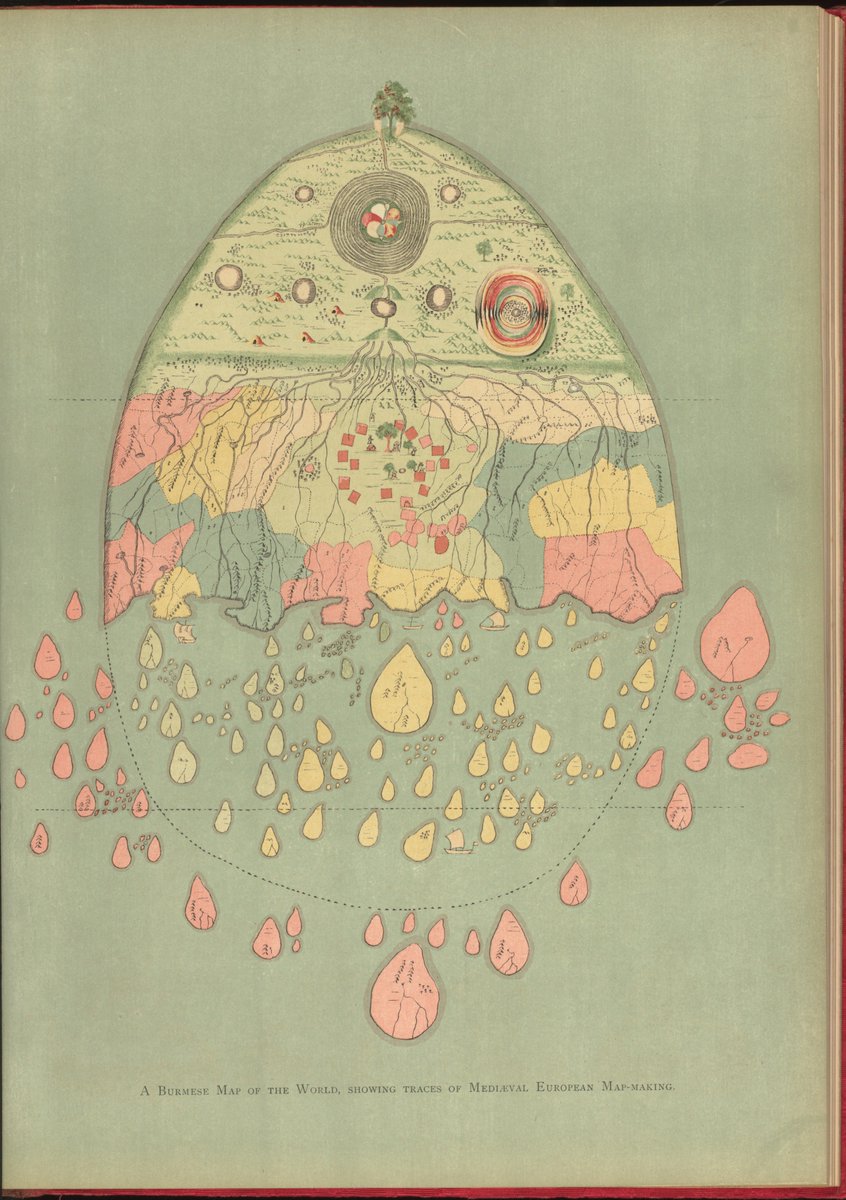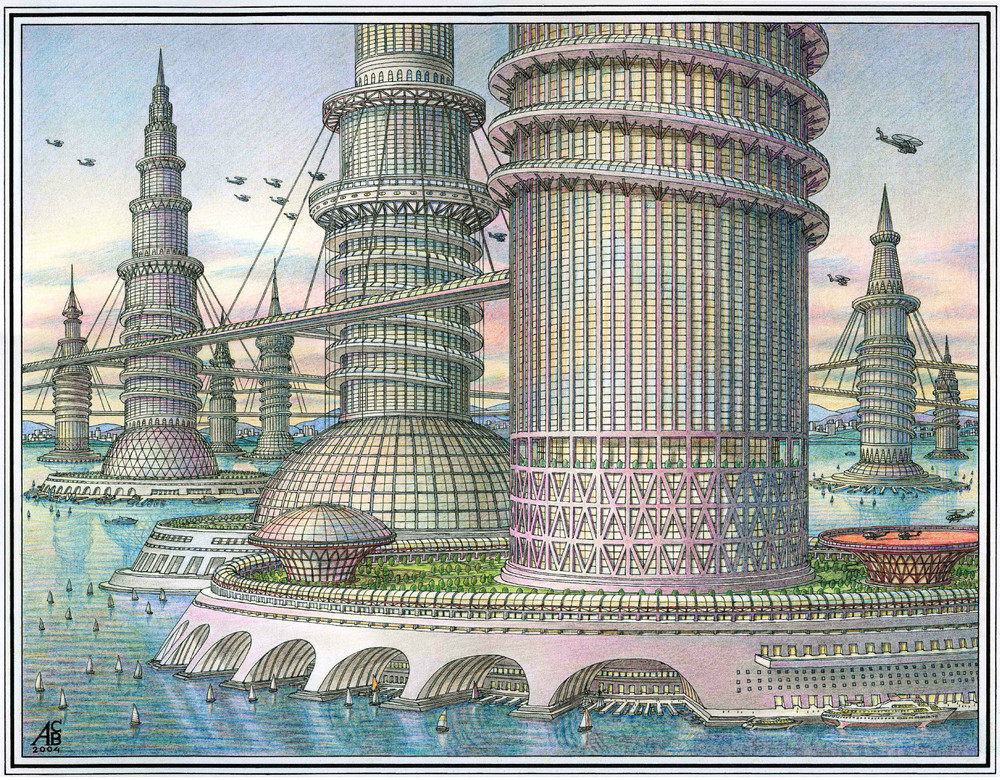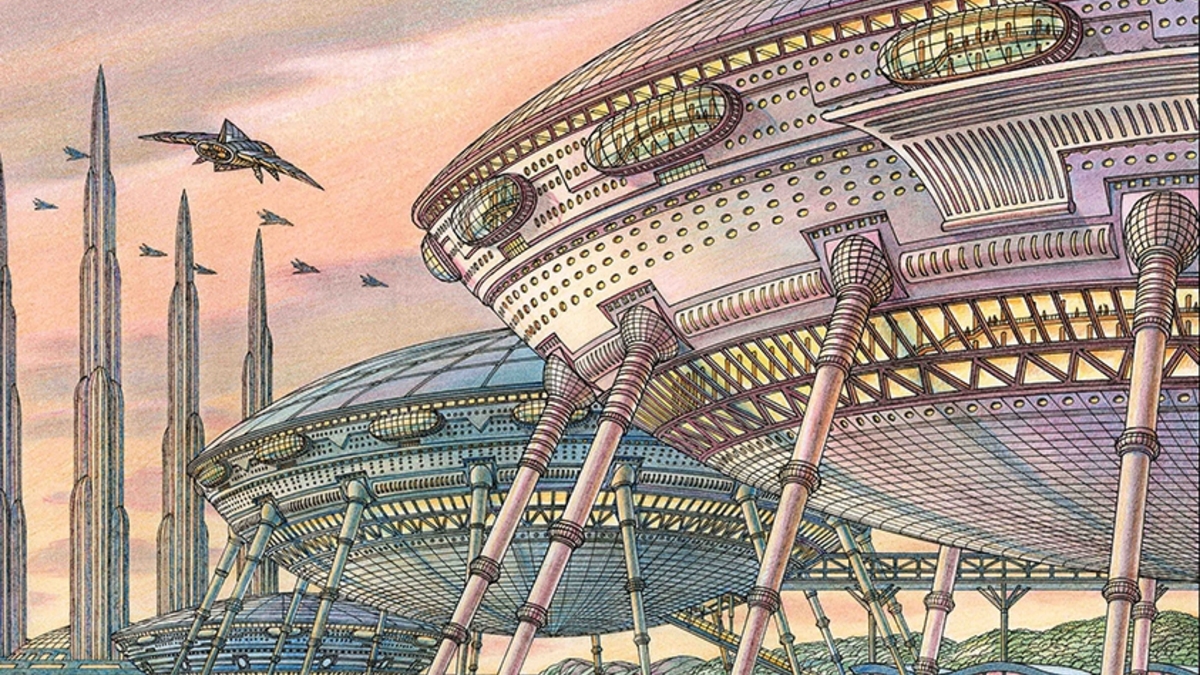
Research stations in Antarctica:
1. Brazil’s Comandante Ferraz Research Station
2. Bharati Indian Polar Station
3. Jang Bogo Korean Antarctic Research Station


1. Brazil’s Comandante Ferraz Research Station
2. Bharati Indian Polar Station
3. Jang Bogo Korean Antarctic Research Station



4. Omond House, a meteorological station on Laurie Island, was built in 1903 by the Scottish National Antarctic Expedition and transferred to the Argentine government in 1904, becoming the first permanent base in Antarctica 

5. The Argentine antarctic station 'Base Decepción' in 2016 and a 1829 map of Deception Island.
The island is the caldera of an active volcano, whose eruption seriously damaged the local research stations in 1967 and 1969


The island is the caldera of an active volcano, whose eruption seriously damaged the local research stations in 1967 and 1969
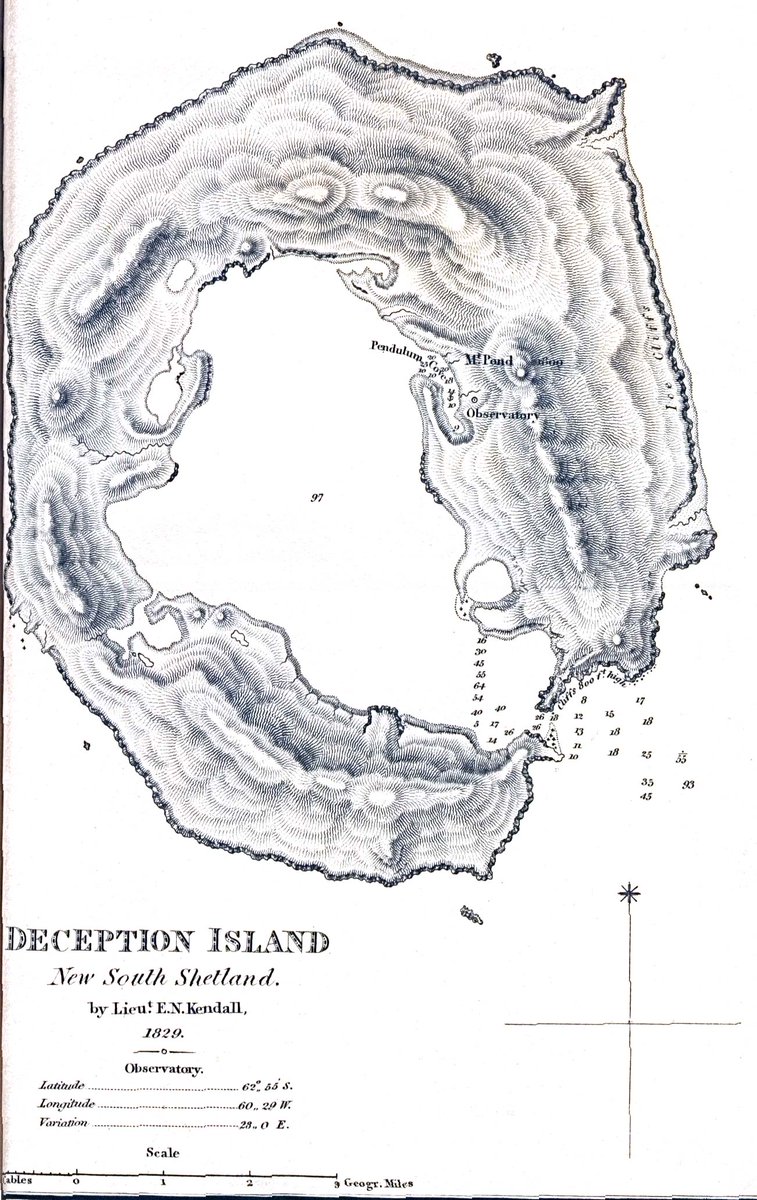

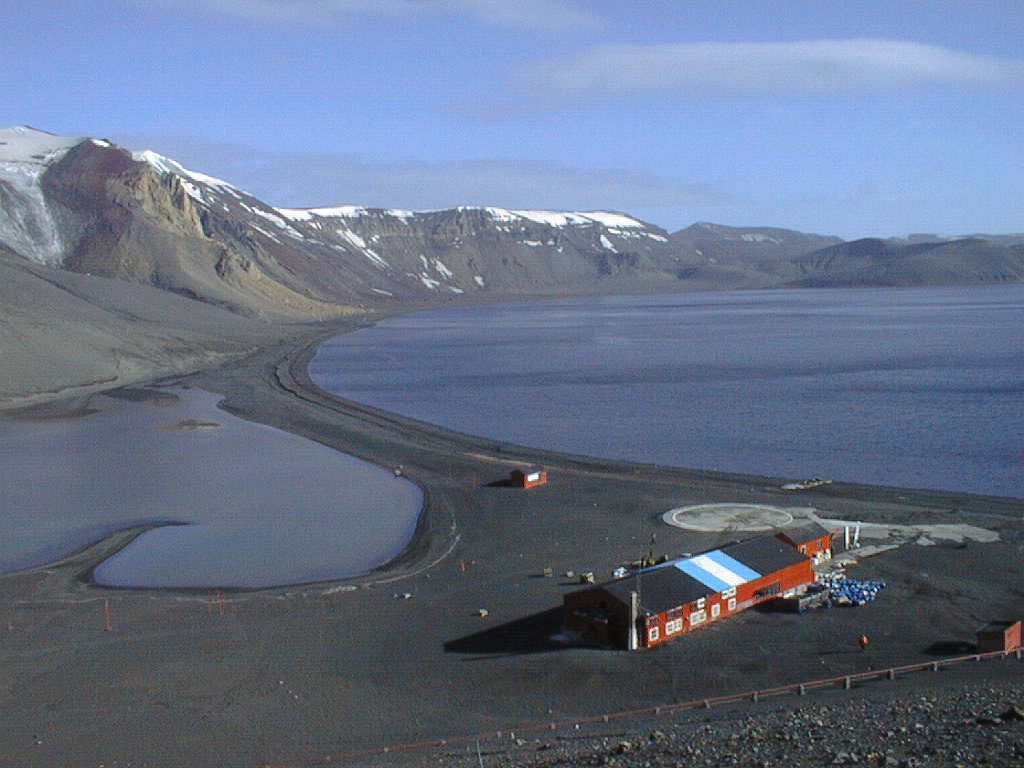
6. Halley VI British Antarctic Research Station (operational since 2012), located on the Brunt Ice Shelf in the Weddell Sea near the Caird coast, East Antarctica hbarchitects.co.uk/halley-vi-brit…
Measurements made here (Halley IV, 1983-1994) led to the discovery of the ozone hole in 1985



Measurements made here (Halley IV, 1983-1994) led to the discovery of the ozone hole in 1985


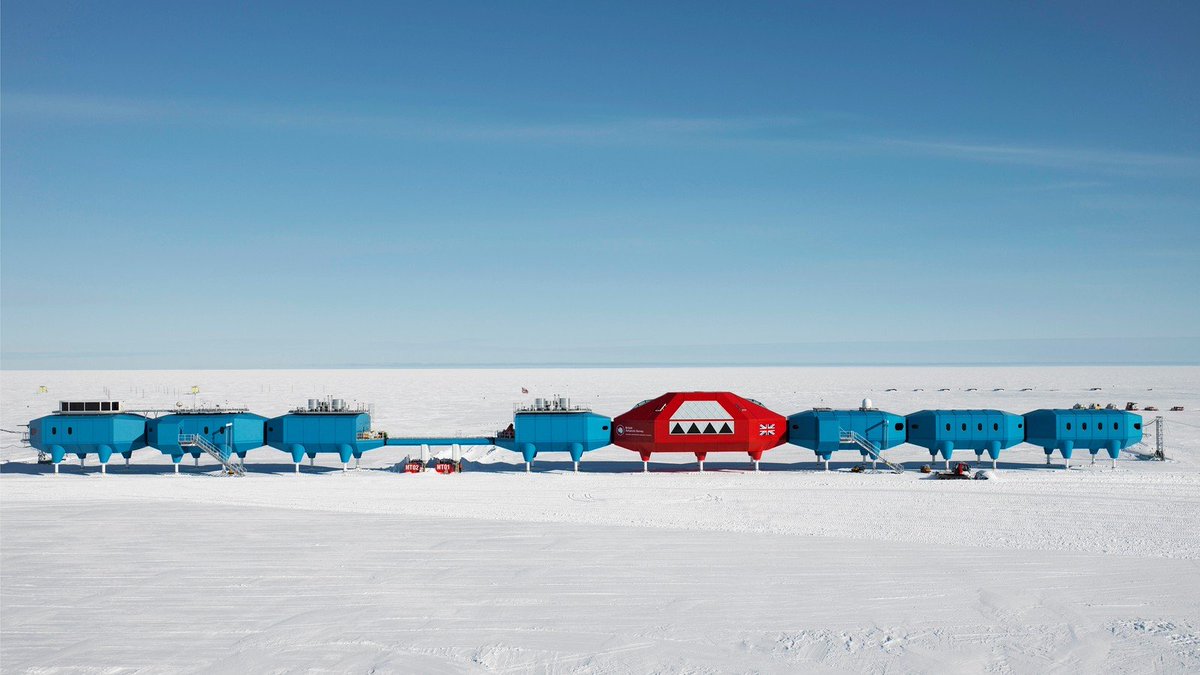

7. Scott Base, a New Zealand research station in Antarctica, located on Ross Island, near Mount Erebus
There is something intriguing in the Chelsea Cucumber green of the buildings, which are connected by all-weather corridors
There is something intriguing in the Chelsea Cucumber green of the buildings, which are connected by all-weather corridors
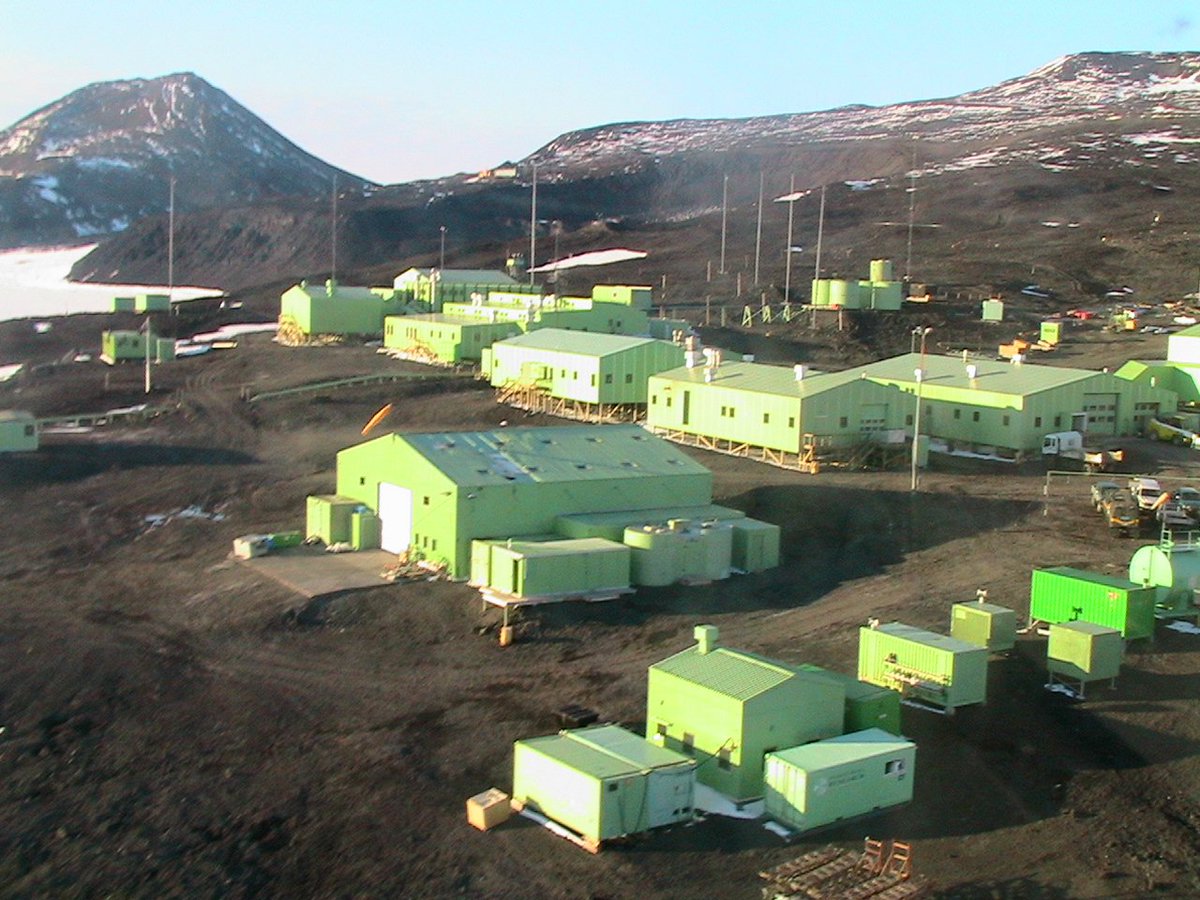
A pressure ridge in the Antarctic ice near Scott Base, with lenticular clouds in the sky en.wikipedia.org/wiki/Scott_Bas… 

9. Amundsen–Scott South Pole Station.
This research base was named after the two South Pole pioneers Roald Amundsen and Robert Falcon Scott and is located at an altitude of 2,835 m on the inland ice of Antarctica, a few hundred meters from the geographic South Pole


This research base was named after the two South Pole pioneers Roald Amundsen and Robert Falcon Scott and is located at an altitude of 2,835 m on the inland ice of Antarctica, a few hundred meters from the geographic South Pole
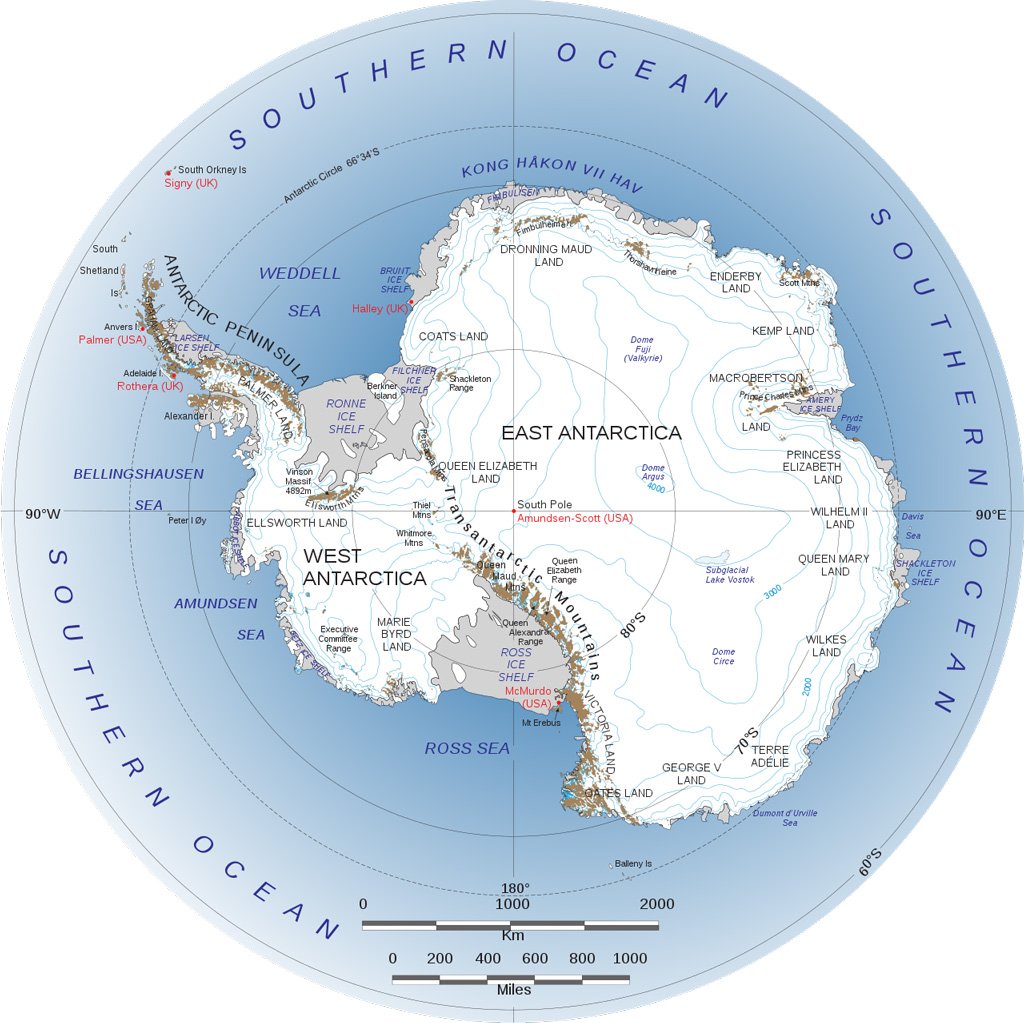

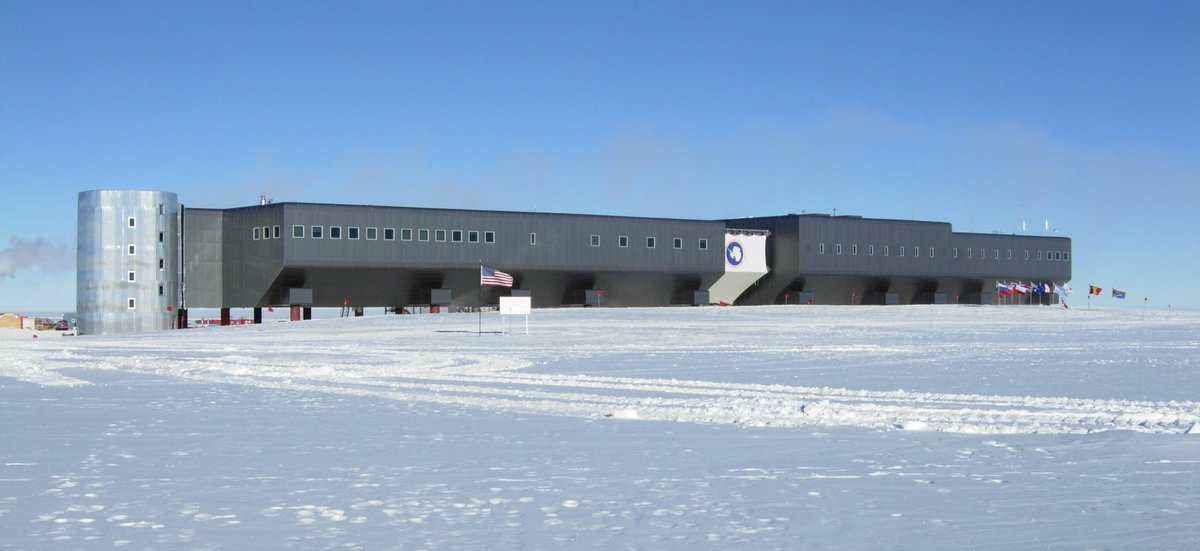
The Princess Elisabeth, a Belgian scientific station, is the first zero-emission (CO2-neutral) research station on Antarctica antarcticstation.org 



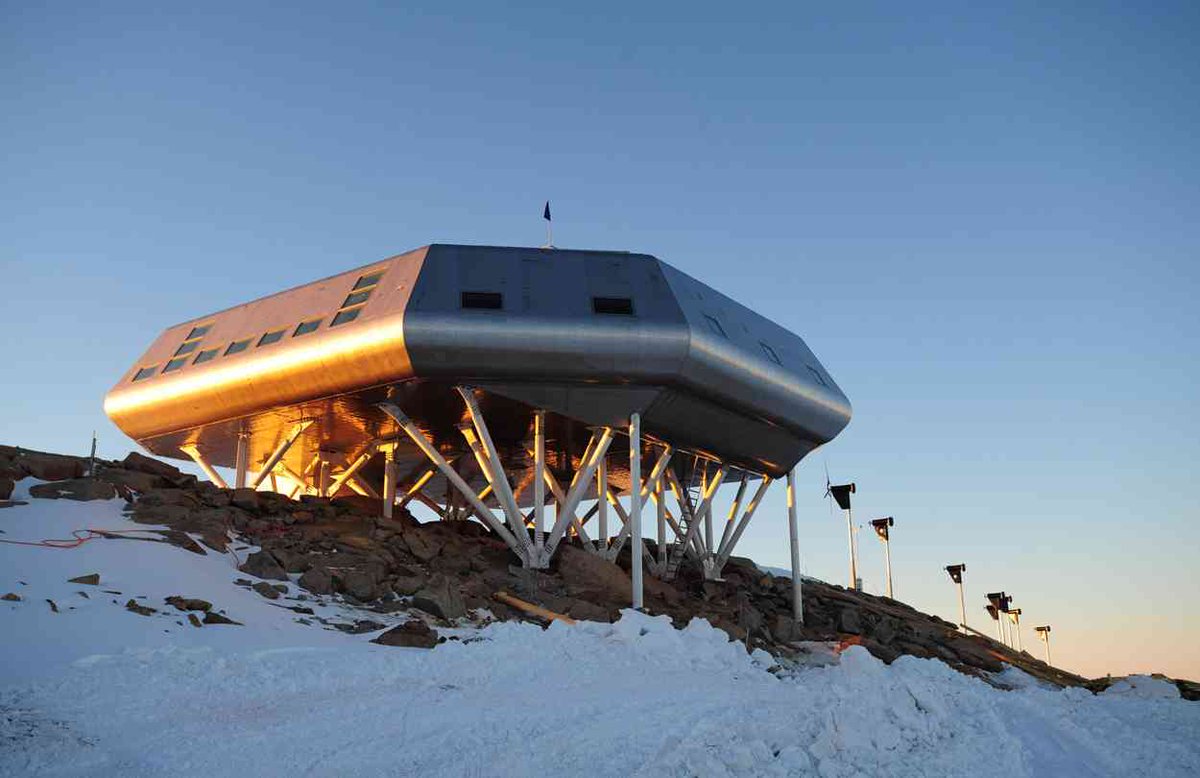


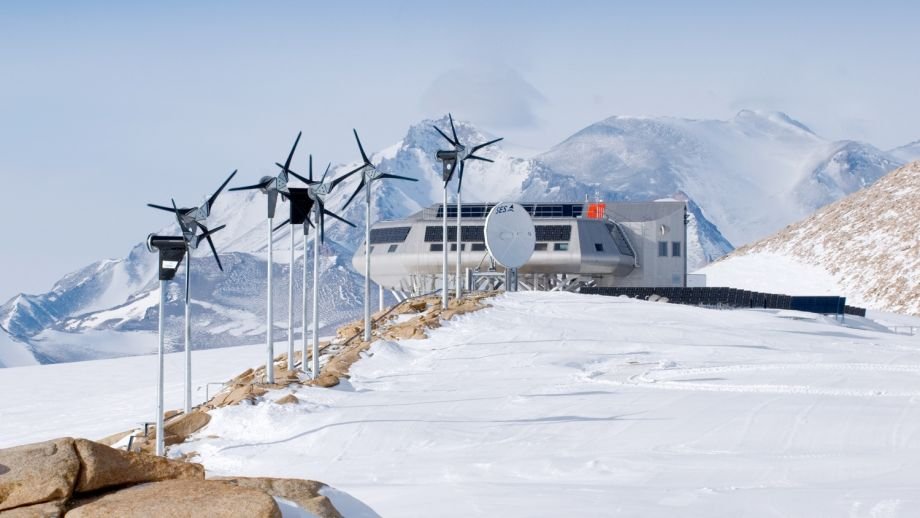
Pink Floyd? Electronic Sound Effects?
No, Weddell seals making some of their other-worldly sounds
No, Weddell seals making some of their other-worldly sounds
11. Just love this photograph ... McMurdo Staion (left) and Scott Base (right) as seen from the Ross Ice Shelf. Mount Erebus, the world's southernmost active volcano, is in the background antarcticimages.com/keyword/Mount;… 

Here's another wonderful picture of Mount Erebus in the long winter night.
Erebus, from Greek Ἔρεβος, "place of darkness between earth and Hades".
Mount Erebus was discovered on January 27, 1841, and namend by Sir James Clark Ross after his ship HMS Erebus
Erebus, from Greek Ἔρεβος, "place of darkness between earth and Hades".
Mount Erebus was discovered on January 27, 1841, and namend by Sir James Clark Ross after his ship HMS Erebus

12. The Neumayer Station III is a German polar research station located at Atka Bay on the Ekström Ice Shelf, which is about 200 metres thick. The station is drifting with the ice shelf ca. 157 metres per year towards the open sea 





13. The Concordia Research Station, a French–Italian research facility.
On January 31, it began the seventeenth winter-over (DC17 – 2021) with twelve overwintering (five French, six Italian, one British).
You can check here their names and tasks:
en.wikipedia.org/wiki/Concordia…


On January 31, it began the seventeenth winter-over (DC17 – 2021) with twelve overwintering (five French, six Italian, one British).
You can check here their names and tasks:
en.wikipedia.org/wiki/Concordia…



14. 'At the Mountains of Madness' (1936)
Just a reminder that H. P. Lovecraft was not only the 'dark and baroque prince' or the 'horror's pope', as China Miéville describes him, but also one of the great stylists of English prose
Just a reminder that H. P. Lovecraft was not only the 'dark and baroque prince' or the 'horror's pope', as China Miéville describes him, but also one of the great stylists of English prose

15. ‘You wait. Everyone has an Antarctic’ ... 'V' (1963) by Thomas Pynchon
16. The 'Kharkovchanka', a Soviet Antarctic all-terrain vehicle, created in May 1958 at the Malyshev Kharkov Transport Engineering Plant 

17. Vostok Station, a Russian research station located in inland Princess Elizabeth Land, above Antarctica's largest subglacial lake.
It's old, almost decrepit, but it has a lot of books, a billiard table and thousand stories to tell ... One of my favourites, no doubt



It's old, almost decrepit, but it has a lot of books, a billiard table and thousand stories to tell ... One of my favourites, no doubt




• • •
Missing some Tweet in this thread? You can try to
force a refresh











